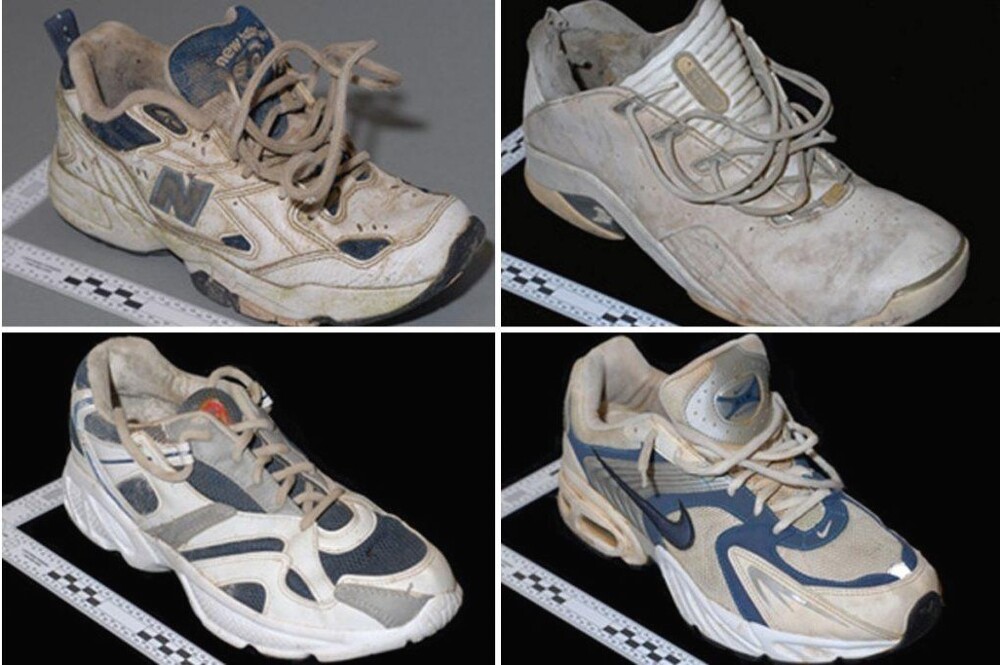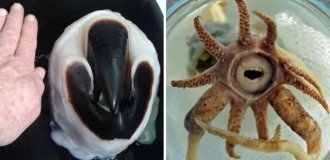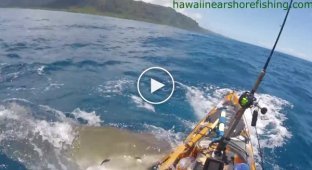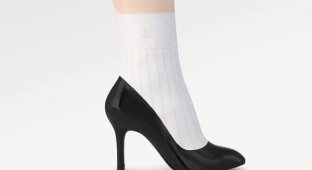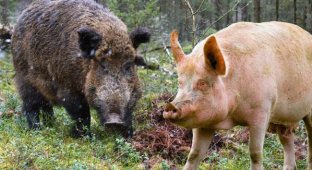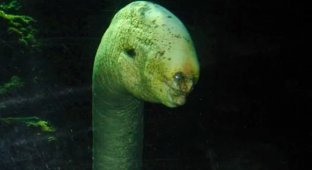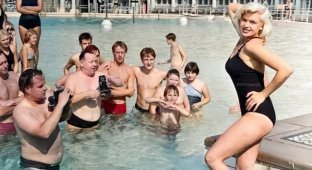Coast of severed feet: scientists have uncovered the mystery of sneakers with people's feet off the coast of Canada (4 photos)
For years, shoes have been found on British Columbia beaches with remains of human feet inside them. 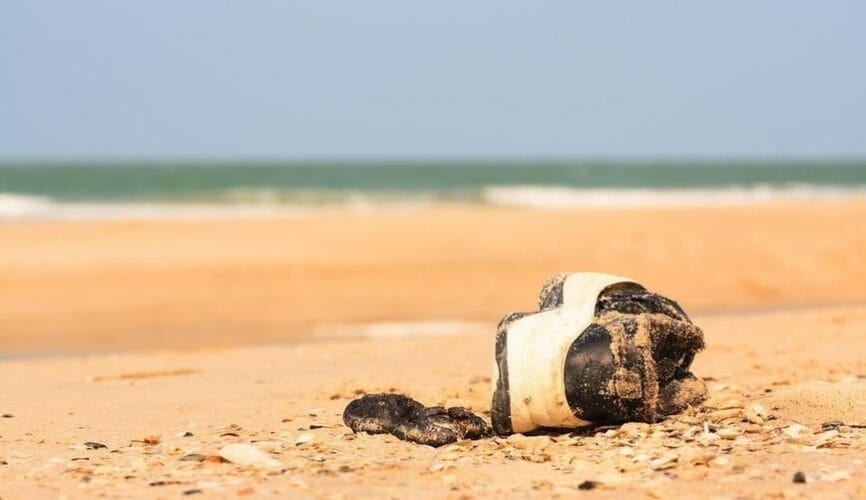
On August 20, 2007, a 12-year-old girl spotted a blue and white sneaker on the beach on Jedediah Island in British Columbia. She looked inside and found a sock. She looked inside the sock - there was a human foot.
Six days later, on nearby Gabriola Island, a Vancouver couple enjoying a walk near the water came across a black and white Reebok. Inside was another decaying leg. Both feet clearly did not belong to the same person - not only were the shoes themselves different, but both had the right foot.
"Two such finds in a short period of time is highly suspicious," Harry Cox of the Royal Canadian Mounted Police told reporters. “Finding one leg is like a million to one, but finding two is crazy.”
The following year, residents of Canada discovered five more feet on beaches.
The discoveries heightened public fears and media speculation increased dramatically. Serial killer?
The Coast of Severed Legs is the name given to these areas.
Over the next 12 years, a total of 15 limbs washed ashore in the Vancouver Island network of waterways called the Salish Sea.
Another six were found in Puget Sound, which is across the US border. With the exception of one foot in an old hiking boot, the rest were wearing sneakers. 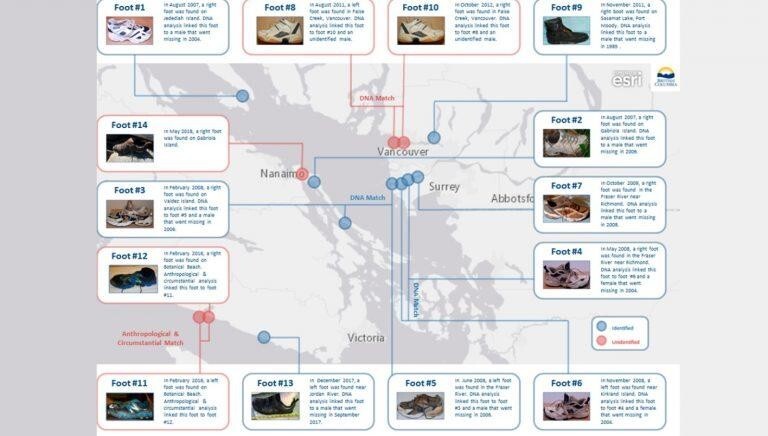
None of these terrible discoveries resulted in a single defendant being brought to justice. The police had no clues and no way to find out where the leg came from. 4 streams flow into the Selish Sea in this area, so severed legs can float from anywhere.
Over the years, the police have been bombarded with various versions of the appearance of mysterious feet on the shore.
“We were getting suggestions about serial killers or containers of immigrants at the bottom of the ocean. There were also theories about aliens,” says Laura Yazejian, a forensic scientist with the British Columbia Coroners Service. “After each case, psychics called us and offered help.”
But the secret of feet on the beaches was discovered scientifically.
First, we must understand what happens to a dead body when it ends up in water.
Once in the water, the corpse's first "actions" will be to either float or drown. This is a surprisingly important step because it will help determine what comes next. The floating object will be carried away by winds and surface currents and may soon be washed ashore. Moreover, a floating body exposed to air will decompose differently than a sinking one.
If the body quickly sinks to the bottom, then it is unlikely that the body will float up (especially if this happens in a deep and cool reservoir, lake, or ocean). Underwater, corpses decompose differently than on the surface - some internal organs rot, and the skin, muscles and brain are saponified, turning into fat wax. In an oxygen-poor environment, fat wax can persist for years or even centuries.
And this is exactly what Yazejian saw on the found legs that she examined. They were covered with fatty tissue, indicating that the corpses had sunk and remained submerged during decomposition. This could explain where the remains of the bodies were: they sank and remained at the bottom.
But why did the feet separate from the bodies?
To understand how legs set sail without a body, we need to know how the human body can decompose underwater.
In 2007, forensic scientist Gail Anderson of Simon Fraser University in Canada conducted a study for police to find out how quickly a murder victim decomposed in the ocean. Her team immersed dead pigs in the Selish Sea (ethical standards prohibit the use of human bodies in such experiments) and observed what happened to them. 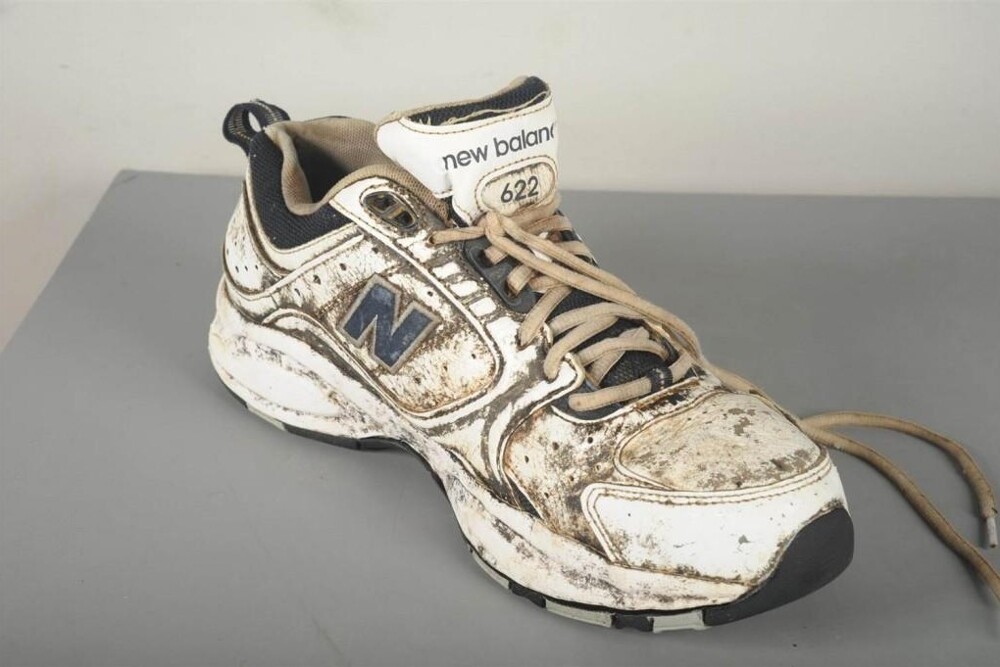
Her crew threw the pig carcass into the water and it quickly sank 308 feet. What happened next was unpleasant. The pig's carcass was quickly eaten by a large and uncontrollable crowd of shrimp, lobsters and crabs.
Since then, Anderson has dumped more pigs even deeper into the Strait of Georgia, the main channel of the Salish Sea, and has found that in some cases, scavengers can skeletonize a carcass in less than four days.
So what about the legs? It turns out that underwater scavengers, such as crustaceans, will avoid bones and other serious obstacles. They are primarily interested inSome soft tissues - for example, ligaments and cartilage, which are abundant in human ankles. This means that if sea scavengers attacked a human body, they would quickly separate the feet from the legs.
Moreover, sneakers made in the last decade or so will almost certainly float. Their soles are often made of foam material with a high content of air bubbles. Therefore, the sneaker floats with the foot separated.
So we got this out of the way. But another question remains: why are so many feet found in these parts of Canada?
The Selish Sea has ideal conditions.
First, it is an unusually large and complex inland body of water that acts as a trap. Once something hits the water, it may be washed ashore in many places, but it is still within that sea.
Secondly, easterly winds prevail here, so they bring things from the ocean rather than pushing them out to sea.
And finally, many people die in these parts while walking on slippery stones and rocks.
All of these factors—plus cold, deep waters and plenty of scavengers—make the Salish Sea an ideal foot magnet.
So far, police have been able to identify nine people using their feet, and five more remain unidentified in British Columbia.
The BC Coroners Service says neither case has so far been ruled a homicide. In some cases, it turned out that the person died in an accident or committed suicide. In other cases, the circumstances were murkier. 